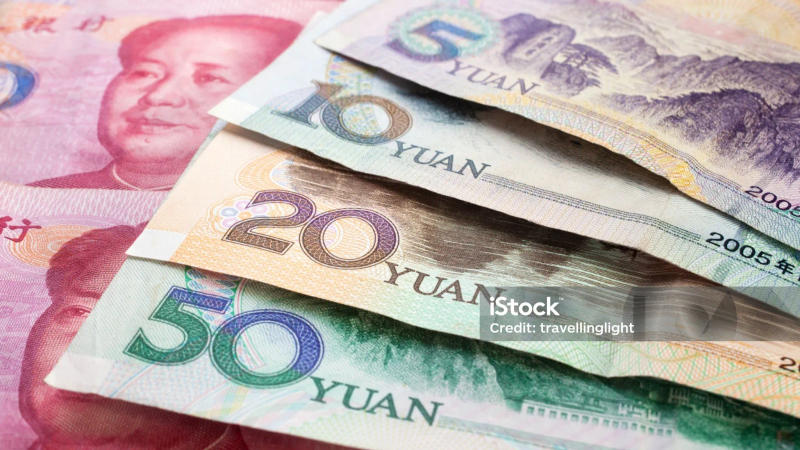Published 19:14 IST, May 7th 2024
China banks’ $900 bln buffer offers sham comfort
The FSB gave China's four largest state-owned lenders, which had combined assets of $21.5 trillion at the end of last year.

Yuan | Image:
Pexels Photo
- Listen to this article
- 3 min read
Advertisement
19:14 IST, May 7th 2024
